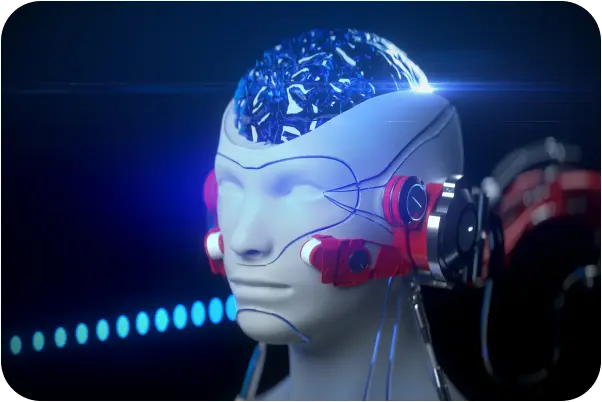What are the key metrics for evaluating a keyword spotting model trained on in-car data?
Keyword Spotting
In-Car Data
Model Evaluation
In the dynamic world of automotive technology, keyword spotting (KWS) models are critical for enhancing user interactions through voice-activated systems. Evaluating these models accurately ensures they perform reliably in real-world driving scenarios, contributing to better user experiences. Here, we explore the key metrics vital for assessing KWS models trained on in-car speech datasets, underscoring their importance in the automotive sector.
Key Metrics for Evaluating KWS Models
Word Error Rate (WER)
- Understanding WER: It measures the percentage of misrecognized words compared to the reference transcript.
- Importance: A low WER signifies high model accuracy, crucial for user trust, especially in the acoustically challenging in-car environment.
Keyword Detection Rate (KDR)
- Understanding KDR: This metric evaluates how frequently the model identifies target keywords correctly.
- Importance: High KDR ensures responsive and reliable voice systems, enhancing safety by allowing drivers to execute commands swiftly.
False Positive Rate (FPR)
- Understanding FPR: It tracks how often non-target words are mistakenly identified as keywords.
- Importance: Minimizing false positives is essential to prevent user frustration and distractions, crucial in maintaining focus while driving.
Precision and Recall
- Precision: Ratio of correctly identified keywords to total identified keywords.
- Recall: Ratio of correctly identified keywords to the actual number of keywords.
- Importance: Balancing precision and recall ensures that the system is efficient and accurate, vital for user satisfaction and operational effectiveness.
Latency
- Understanding Latency: Measures the time taken for the model to process input and deliver a command.
- Importance: Low latency is vital for seamless interaction, providing rapid response times that maintain user engagement and safety.
Signal-to-Noise Ratio (SNR) Resilience
- Understanding SNR Resilience: Assesses how well the model performs amidst varying levels of background noise typical in car environments.
- Importance: Ensures the model remains robust across diverse driving conditions, handling noise from engines, conversations, and road sounds effectively.
Real-World Impacts and Use Cases
- Luxury Vehicle Brands: A premium electric vehicle manufacturer implemented a KWS model with high precision and recall to facilitate flawless voice control of infotainment systems, significantly elevating user satisfaction and safety.
- Autonomous Vehicle Services: Autonomous taxi services use models with low WER and latency to enable smooth passenger interactions, ensuring natural dialogue while prioritizing safety.
- Custom Solutions for OEMs: Tier-1 suppliers customize datasets for specific vehicle types, evaluating KWS models to meet unique operational needs and improve system performance.
Challenges and Best Practices
While these metrics offer a solid framework for evaluation, challenges persist:
- Acoustic Variation: Diverse datasets are essential to train models that generalize well across fluctuating in-car acoustic environments.
- Annotation Quality: Effective annotations, including context markers and keyword diversity, are crucial for robust training.
- Real-Time Adaptation: Models must adapt in real time to different speakers and environments, improving accuracy and interaction.
To tackle these, automotive companies should:
- Implement Continuous Learning: Feedback mechanisms can help update models with new data, enhancing performance over time.
- Rigorous Testing Protocols: Establishing testing environments that replicate real-world conditions ensures models perform reliably when deployed.
Elevating KWS Model Performance
Understanding and applying key metrics to evaluate KWS models trained on in-car data is crucial for developing reliable and efficient voice-activated systems. At FutureBeeAI, we leverage our expertise in data collection and annotation to help you enhance KWS models, meeting the demands of today’s drivers and passengers. By focusing on real-time adaptation and diverse datasets, your AI models can achieve new levels of performance and user satisfaction.
What Else Do People Ask?
Related AI Articles
Browse Matching Datasets
Acquiring high-quality AI datasets has never been easier!!!
Get in touch with our AI data expert now!








